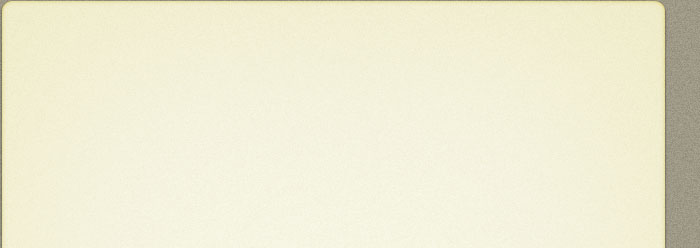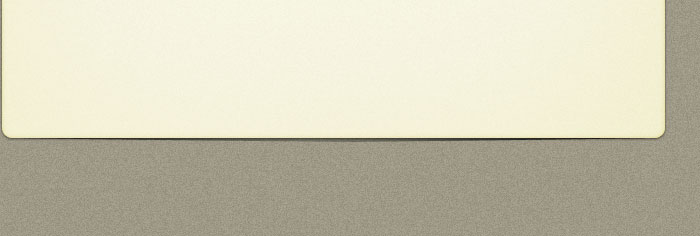ALL ABOUT GUNS DICTIONARY-C
Cannelure -- A small groove in a bullet that encircles the bullet body/shank. The cartridge case mouth is normally crimped into the cannelure, which prevents the bullet from being pushed into the case during the feeding cycle. Although less common, cannelures have also been used on cartridge cases as a way of preventing the movement of a bullet into the powder cavity. -- May 29, 2013
Caseless ammunition -- A type of cartridge that dispenses with metallic cases and uses instead a case that is entirely consumed when fired. The best known example of caseless ammunition is probably the experimental H&K 4.7 x 21mm cartridge developed for the H&K G11 assault rifle. According to Small Arms of the World, 12th ed., pg..66 by Edward Clinton Ezell, the H&K G11 was first unveiled to the public at the ADPA Second International Small Arms Symposium on Oct. 14, 1981. Since caseless ammunition allows gun designers to dispense with the normal extraction and ejection process, it is possible to design fullautomatic firearms with very high cyclic rates, thereby (at least theoretically) improving the probability of hitting the target in combat situations. -- April 14, 2015
CETME -- Acronym that originally stood for Centro de Estudios Tecnicos de Materiales Especiales, a Spanish arms design firm located in Madrid, Spain. The Heckler and Koch G3 7.62mm NATO battle rifle’s ancestry can be traced directly to the roller-locked CETME assault rifle adopted by Spain in 1957. According to Full Circle:A Treatise on Roller Locking pg. 413 by R. Blake Stevens, CETME currently stands for Compania de Estudios Tecnicos de Materiales Especiales and the firm is still known for producing innovative firearm designs such as the 5.56mm NATO MG82 belt-fed machinegun. -- May 29, 2013
Chain fire -- Simultaneous discharge of two or more charge holes/chambers of a revolver, either a handgun or a long gun. -- Nov. 18, 2013
Chamber -- The portion of a firearm, usually the rear of the barrel, that a live cartridge is fed into. The chamber also supports a cartridge during the firing process. -- Nov. 1, 2012
Charge hole -- As applied to modern revolvers that fire metallic cartridges, either handguns or long guns, that portion of the cylinder that cartridges are inserted into. As applied to cap-and-ball revolvers, either handguns or long guns, that portion of the cylinder that holds the powder and ball. The term is synonymous with chamber but is normally used today only by handgun enthusiasts. -- Dec. 9, 2012
Church window -- As applied to boxlock, double-barrelled firearms, a shaped side panel on the stock, located directly behind the action, that is decorated with checkering. -- Aug. 31. 2013
Clip -- Device, often made of metal, used to hold metallic cartridges that will be fed into a firearm’s magazine. Stripper clips are the best known to most shooters and are used to load a firearm’s magazine but are not needed to actually use a firearm. En-bloc clips, as used in the M1 Garand rifle, are necessary for the normal operation of a firearm and stay in the magazine until the last round is fired, after which it is ejected. -- Nov. 1, 2012
Cocoa powder -- Black powder that contains little to no sulfur. The Chemistry of Powder & Explosives, pg. 41-42 by Tenney L. Davis notes that one of the ingredients used in the manufacture of cocoa powder was rye straw, which was made into a brown charcoal that was partially burned. The end product resembled hexagon or octagon shaped prisms that had a perforation in them. Cocoa powder was a slow burning type of black powder that was also very sensitive to friction and according to Davis, could ignite if put into a canvas bag and shaken. Cocoa powder is also referred to as brown powder and while no longer in use, The Chemistry of Powder & Explosives, pg. 42 by Tenney L. Davis notes it was used circa 1898 in the Spanish-American War. -- February 23, 2016
Cocking Indicator -- Device on a firearm that indicates if it is cocked. Cocking indicators normally provide a visual or tactile method to determine if a firearm is cocked. Sidelock double-barrelled shotguns often have a screw with a gold filled slot on the lock that moves when the hammer releases to show if a gun is cocked. Other firearms have a pin or small lever that indicates if a gun is ready to fire. -- October 2, 2016*
Cordite -- Smokeless powder developed in England and patented in 1889. Originally composed of 37% guncotton, 58% nitroglycerin and 5% mineral jelly, Cordite developed a reputation early on for eroding gun barrels prematurely. Cordite’s formula was later changed to 65% guncotton, 30% nitroglycerin and 5% mineral jelly in an effort to lessen its erosive properties. At first glance, Cordite resembles short strands of spaghetti. -- Feb. 19, 2013
Cube shot -- Shotgun pellet shaped like a cube. More commonly seen outside the U.S., the purpose of cube shot is to very quickly increase the dispersion of shot, allowing the use of a shotgun for hunting at shorter than normal range. Bob Brister refers to it as Desperante shot in Shotgunning The Art and the Science, Second Edition. -- Feb. 25, 2013
Copyright October 2016 John Swikart



